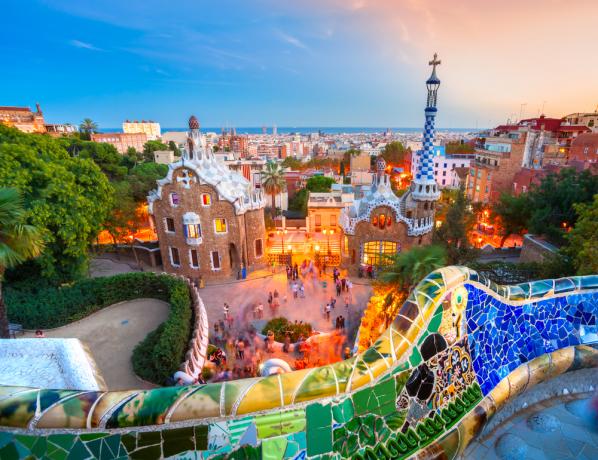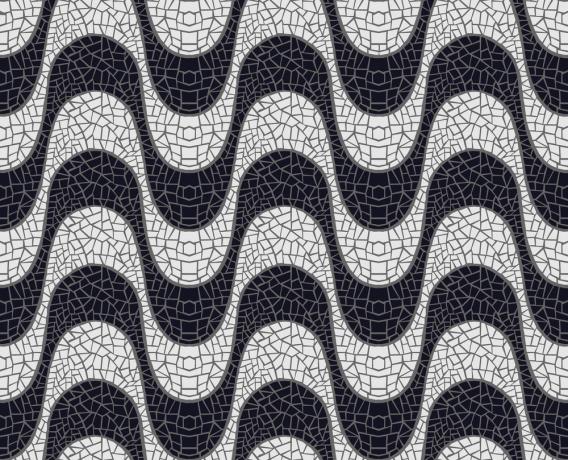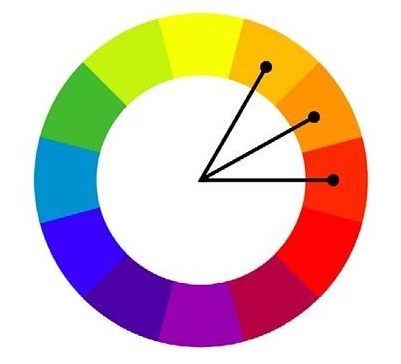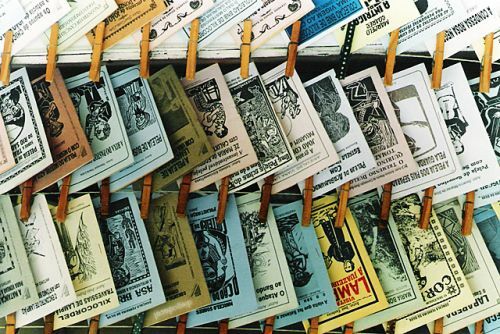Mosaic is an art made with small pieces of materials such as glass, tile and stone, called “tesserae”, which are meticulously fitted together to form designs. Musive works of art, as mosaics are also called, range from geometric representations to perfect human portraits.
The word comes from the Greek term “mousaikón”, which means something like “work of the muse”. The mosaic works impress for their richness of details and require the artist's patience for the perfect composition of colors and pieces.
Widely used today as decoration, mosaic is an ancient art, whose first records date back to 2600 BC. the technique artistic was used by different civilizations in different parts of the world and continues to be valued today.
mosaic story
One of the earliest recorded mosaics, called the “Standard of Ur,” was found during archaeological digs in the royal cemetery of Ur, in what is now southern Iraq. Ur was an important city of the Sumerian civilization in ancient Mesopotamia - one of the oldest civilizations in history.
The Standard of Ur was made around 2600 BC. Its four faces are covered with semi-precious stones and shells, which represent scenes of war and Sumerian domestic routines.

Standard of Ur, Mesopotamia.
In Ancient Egypt, mosaics were used to decorate sarcophagi and temple columns. In the archaeological finds of the Persians, Greeks and Romans, several mosaic works of these civilizations were also found. But it was a little later that musical art would reach its apogee, with the Byzantines.
During the Byzantine Empire, also known as the Eastern Roman Empire, mosaics were widely used to portray biblical passages and can be found to this day in churches. Some of the most famous mosaics from this period are in the Church of Ravenna, Italy.

Church of Ravenna, Italy.
In the Islamic world, mosaics were also widely used and to this day, countless mosques preserve their detailed covering with this art, including pieces of gold.
During the Renaissance period - between the 14th and 16th centuries - musical art spread in Western Europe. Many mosaic works from this period, under the influence of anthropocentric ideals, portrayed being human with great perfection.
At that time, Rome became the main production site for mosaics, most of which were made at the Studio Vaticano de Mosaico. In St. Peter's Basilica, the Vatican church and an important Christian landmark, it is also possible to find mosaics dating from this period.
 St. Peter's Basilica, Italy.
St. Peter's Basilica, Italy.
More recently, Catalan architect Antoni Gaudí (1852-1926) began using mosaics as decoration in some of his buildings. Different from traditional mosaics, made on flat surfaces, Gaudí started to use mosaic in areas with more complex geometry. Most of his mosaics are in the city of Barcelona, Spain, and have become tourist attractions in the capital.
 Work by Gaudí, Spain.
Work by Gaudí, Spain.
Copacabana boardwalk
One of the famous mosaics in Brazil is the Copacabana sidewalk, made of black and white stones, which represent the waves of the sea. Considered one of the symbols of Rio de Janeiro, the sidewalk was inspired by the Praça do Rocio in Lisbon, whose waves, in this case, represent the meeting of the sea with the Tagus river.
 Copacabana boardwalk, Rio de Janeiro.
Copacabana boardwalk, Rio de Janeiro.
Mosaic Crafts
In addition to works of art, mosaic is also a technique widely used in handicrafts. It is common to find artifacts such as vases, tables and benches covered with illustrations made with mosaic tiles.
To make a mosaic at home, just have the pieces of materials that will be used and the appropriate glue for the surface on which the designs will be glued.
See also the meaning of art history.



